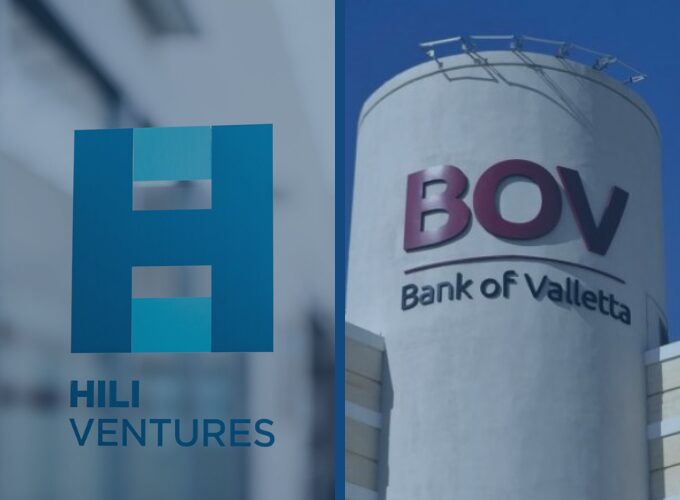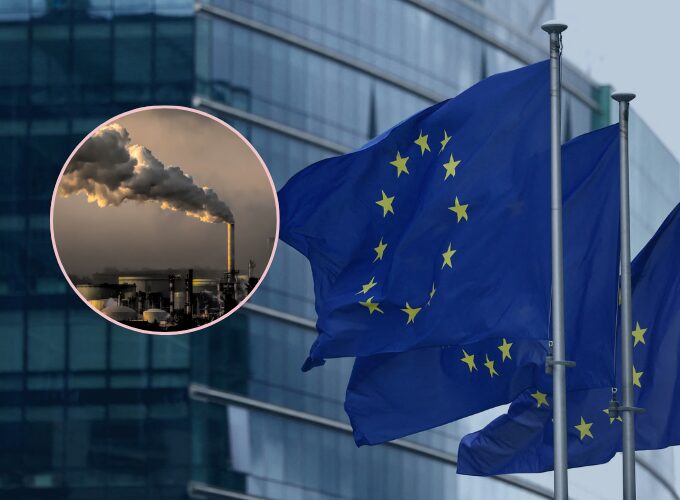The European Union is forging ahead with plans to embed carbon removal into the heart of its climate strategy, unveiling proposals to officially certify which technologies count as “permanent” solutions for sucking CO₂ out of the atmosphere. The move marks a major step in turning carbon capture from a speculative science into a mainstream climate tool — one the EU says will be critical to reaching net-zero by 2050.
According to documents seen by Bloomberg, the European Commission will define which technologies can qualify for formal certification under its new carbon removal framework. Among those deemed acceptable are Direct Air Carbon Capture and Storage (DACCS), Bioenergy with Carbon Capture and Storage (BECCS), and biochar — a soil additive produced through the high-heat decomposition of biomass. These technologies, the Commission argues, lock away carbon for the long term and are more resilient than nature-based methods like reforestation, which can be wiped out by forest fires, disease, or mismanagement.
The goal is to bring clarity and financial viability to a sector that, despite being seen as essential, is still in its infancy. Certified removals could soon qualify for government subsidies and, potentially, integration into the EU’s Emissions Trading System — the bloc’s main carbon pricing mechanism. That would allow polluting industries to offset emissions by buying credits from approved removal projects, creating a revenue stream for operators and reducing the cost of deployment.
Carbon removal is controversial, with some activists warning it could let high-emitting sectors off the hook. But the Commission sees it as a necessary part of the climate puzzle. Earlier this month, Brussels proposed slashing net emissions by 90% by 2040, and a formal review of the carbon market scheduled for 2026 is expected to explore how removals can be priced and traded at scale.
Time is not on Europe’s side. The EU estimates that by 2050, it will need to capture up to 450 million tonnes of CO₂ every year to stay on track for net-zero — roughly equivalent to the combined annual emissions of Poland and Denmark. Yet as of late 2024, fewer than 50 million tonnes’ worth of capacity had been commissioned worldwide. Closing that gap will require massive investment, and clear regulatory signals.
That’s where certification comes in. Projects will need to meet strict criteria to earn the EU label. For instance, biochar must be produced by heating biomass to at least 350°C in an oxygen-free environment. Safeguards will also be put in place to avoid unintended consequences — including limits on biomass demand, to prevent deforestation or supply-chain shocks.
Beyond the technical details, the Commission’s message is clear: carbon removal is no longer a side show. It’s becoming central to how the EU plans to deliver on its long-term climate pledges — especially for hard-to-abate sectors like cement, steel, and aviation. While emissions cuts remain the priority, the policy shift recognises that not all emissions can be avoided — and that some legacy carbon will need to be cleaned up.
Whether the market catches up in time remains to be seen. But with today’s announcement, the EU has signalled that carbon removal isn’t just about innovation. It’s about infrastructure — and the race to build it starts now.
You Might Also Like

Latest Article
Hili Ventures Acquires 4.99% Stake In Bank Of Valletta From Unicredit
Hili Ventures has acquired a 4.99% stake in Bank of Valletta, purchasing just over 32 million shares from Unicredit in a transaction dated July 10, according to public records. The deal makes the privately held holding company the third-largest shareholder in Malta’s largest bank, behind the Maltese government and Unicredit, which retains a 5.2% stake. … Continued
|
16 July 2025
Written by MeetInc.

New Zealand Ranked Best Country in the World for Life-Work Balance
|
16 July 2025
Written by MeetInc.

EU Moves To Make Carbon Removal Mainstream As 2050 Climate Deadline Looms
|
16 July 2025
Written by MeetInc.










